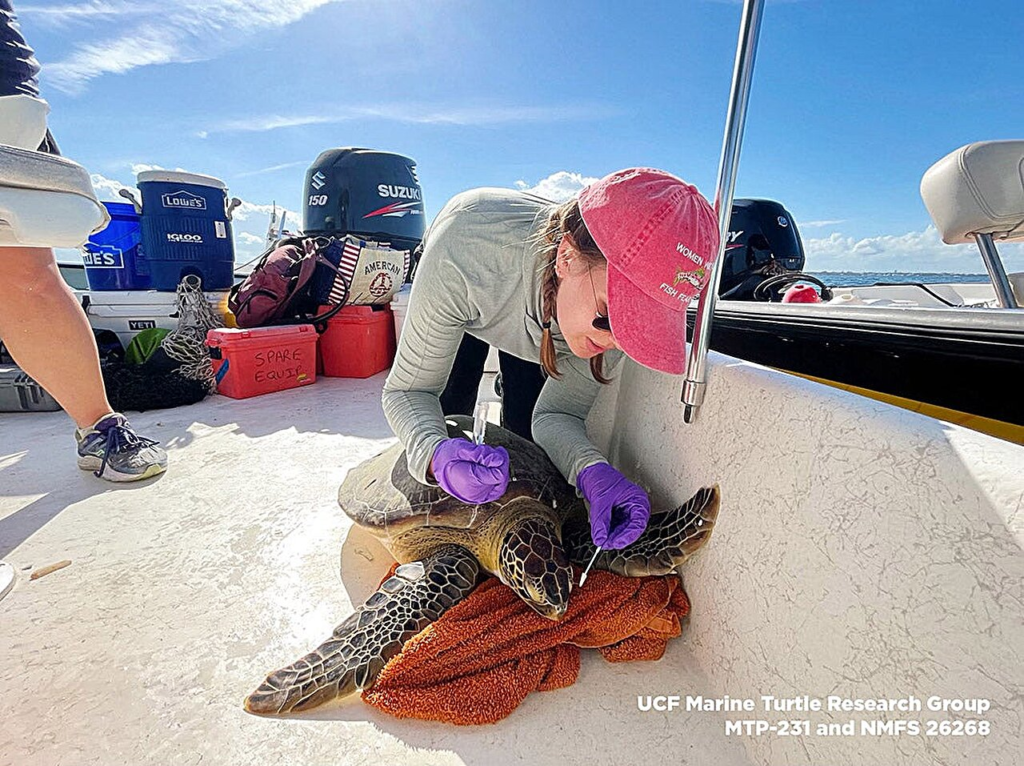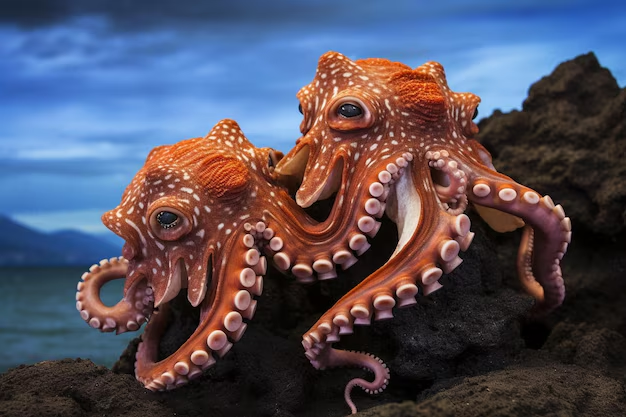The extraordinary navigational abilities of migratory animals, not only reliant on Earth’s magnetic fields but also on their interactions with magnetic bacteria living within them, may depend on. While the relationship between these bacteria and their host animals remains not fully understood, Assistant Professor Robert Fitak from the Biology Department at the University of Central Florida (UCF) has created an animal DNA database containing hundreds of millions of DNA sequences that demonstrate the presence of various types of magnetic bacteria.
The database marks a step forward in his research, built upon previous hypotheses and analyses published through international collaboration in 2020. In 2021, Fitak continued to examine the databases to categorize which animals might host magnetic bacteria and whether there are common patterns
“We initially looked at existing datasets and summarized where we found these bacteria in different animals,” he says. “We scanned approximately 50,000 previous scientific studies. Now, we’ve expanded our review to actually examine a global genetic information database, summarizing where these bacteria are found based on trillions of genetic sequences.”
This database was published earlier this year in the journal Data in Brief and leverages information obtained from the National Center for Biotechnology Information’s (NCBI) public Sequence Read Archive. Fitak focused on organizing DNA sequences from animal species known to host magnetic bacteria to assist himself and other researchers in narrowing their efforts to study the environmental and ecological roles of magnetic bacteria or identify potential host species.

An Internal Compass?
Fitak and his colleagues use refined data, such as navigation, to identify potential host organisms for magnetic bacteria and examine the roles they can play in animals. ‘Understanding how animals navigate better will be beneficial for the conservation of endangered or protected species,’ says Fitak. ‘Knowing where they will go and how they will move can assist us in making more accurate management decisions.’
Fitak is curious whether magnetic bacteria are located in areas of animals where they could be sensed, similar to the nervous system. He speculates that they could serve as an aid in navigation for animals, providing additional support to creatures like birds or sea turtles that already use Earth’s magnetic field for long-distance navigation.
“It’s almost like a microbial compass, and we’re studying how this could work,’ says Fitak. ‘We think animals already use Earth’s magnetic field like a compass.”
Additionally, scientists could study how animals perceive magnetic fields and potentially mimic this in various applications such as drug delivery.
However, Fitak points out that there is no definitive evidence yet that these animals use magnetic bacteria for navigation. ‘The big takeaway from our research so far is that we don’t yet know if these bacteria are sensed by the animals, but we have evidence that they live within these animals,’ he says. ‘What we have learned is that we can use genetic tags, which are genetic signatures of magnetic bacteria, to identify these bacteria within these animals—including humans—by determining their genetic signatures.”
Such bacteria typically inhabit environments with low oxygen, such as sediments or mud, and they form microscopic, magnetized iron ‘chains’ to facilitate their movement,” says Fitak. “It’s uncertain how organisms acquire these bacteria, but theories suggest it could be through absorption or consumption. ‘So far, the results from our projects indicate that these magnetic bacteria appear to be a regular component of the microbiomes of many species,’ he says. “I hope our future studies will reveal whether they are merely bacteria incidentally collected from the environment or if they serve a functional role in magnetic sensing for a host animal, or perhaps for another unknown reason.”
Focus on Sea Turtles
Fitak and the student research team are focusing on examining samples taken from green and loggerhead sea turtles to further investigate magnetic bacteria. ‘Sea turtles serve as a model for animal navigation,’ he says. ‘We are testing our hypotheses in sea turtles because they travel very accurately to specific locations.’ Focusing on sea turtles was a natural next step because they are known to possess magnetic bacteria and migrate relying on Earth’s magnetic field,” Fitak says.
The UCF Sea Turtle Research Group has also played a significant role in obtaining turtle samples. Doctoral student Julianna Martin, collaborating with Fitak, has assisted in analyzing and collecting nearly 150 sea turtle samples
Martin and scientists from UCF’s Sea Turtle Research Group gently collect tear samples using soft cotton swabs from female turtles in a trance-like state during egg-laying and from young turtles in the Indian River Lagoon. Turtles produce large, sticky tears to keep their eyes moist while on land, and collecting them takes about 30 seconds,” says Martin. “We started with tear ducts because they are associated with nerves that could potentially be linked to the animals’ magnetic sense.
“Biologically looking there makes sense, and collecting sea turtle tears is easy,” Martin says. She expresses satisfaction with their progress but hopes their research will yield more definitive results. “This research is truly exciting,” she says. “No one was specifically looking for them in sea turtles. I want to know where they came from and which magnetic bacteria each sea turtle species has.”
“It’s a long road, but for now, we’re trying to identify ‘are they there?’ and ‘where did they come from?’ questions,” Fitak says. Sharing the potential discovery of how magnetic bacteria could assist animals in navigation is truly remarkable, he adds. “The exciting part is being able to tell people that magnetic bacteria exist in the world. People are amazed, and it would be incredible if animals are indeed using these magnetic bacteria for navigation.” Fitak encourages researchers interested in studying magnetic bacteria to explore the data he has compiled.
Source
https://phys.org/news/2024-07-database-reveals-presence-magnetic-bacteria.html

